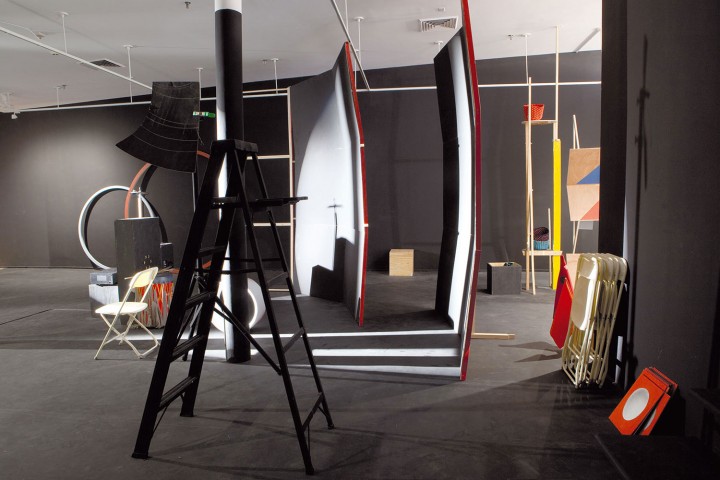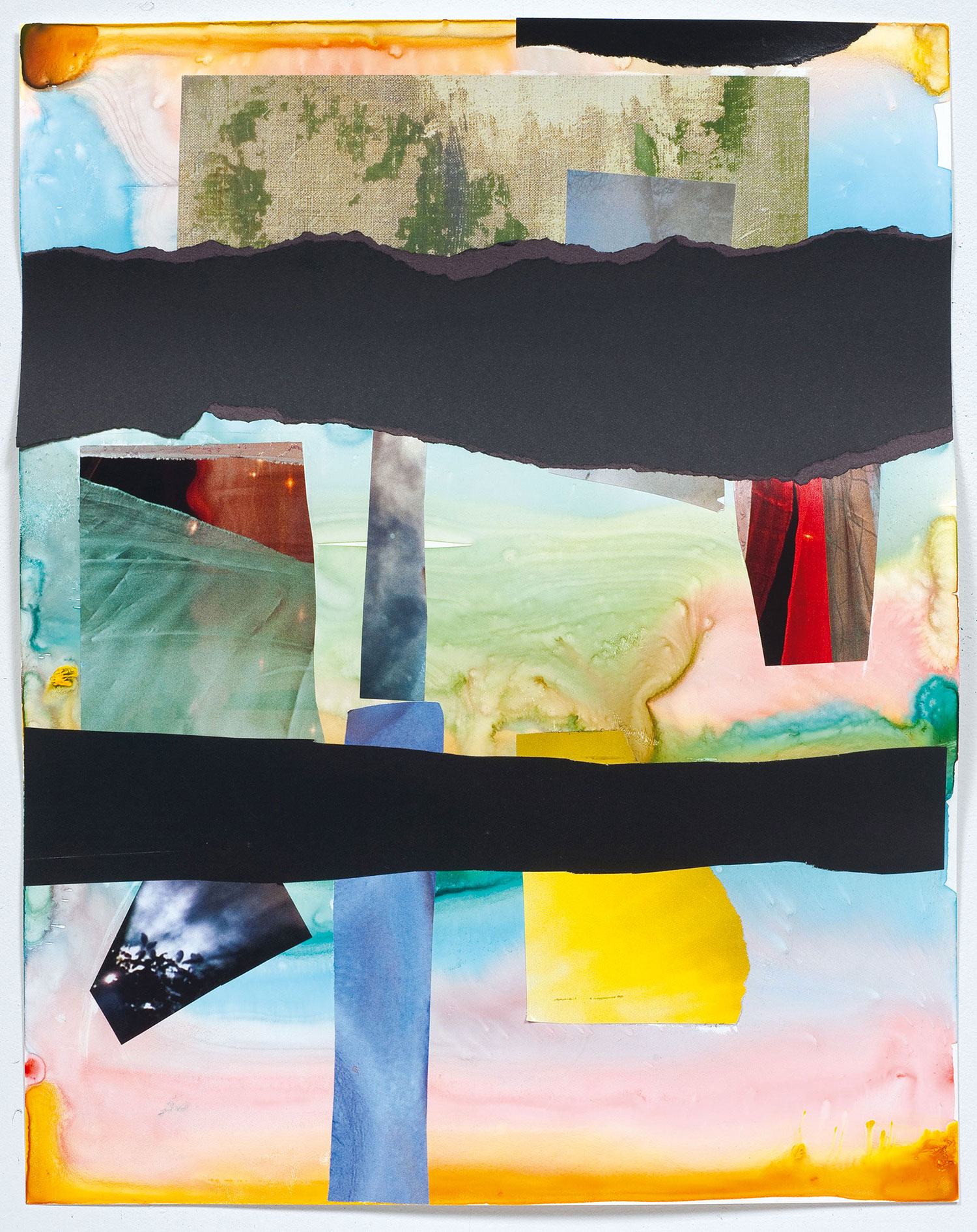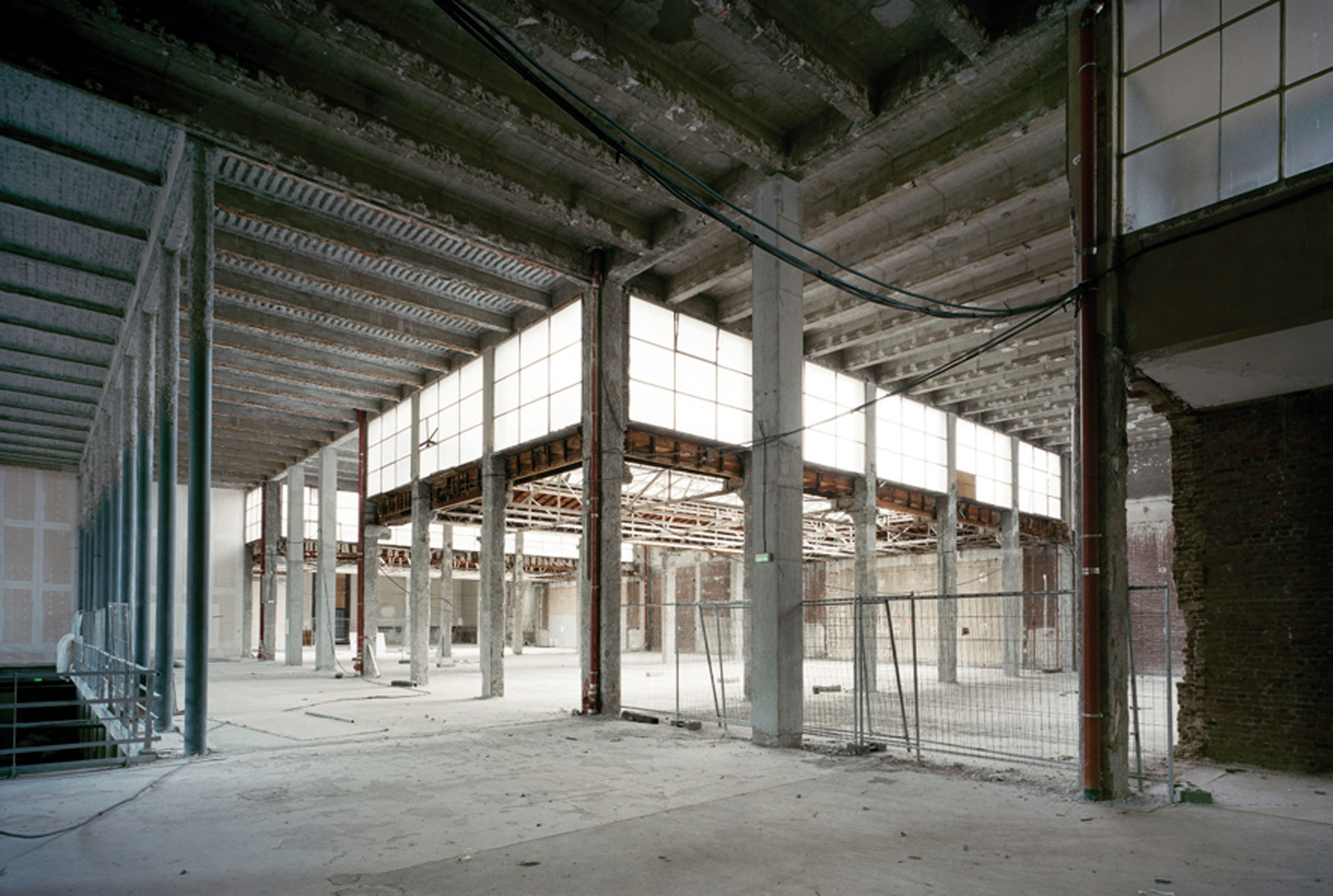
In “The Sadness of Post-Workerism,” an essay by the anthropologist and activist David Graeber that Ohad Meromi shared with me, Graeber writes: “While they are not always self-consciously revolutionary, artistic circles have had a persistent tendency to overlap with revolutionary circles; presumably, precisely because these have been spaces where people can experiment with radically different, less alienated forms of life.” The history of 20th-century avant-garde movements proves his point quite accurately. Yet, as Graeber claims, artists and revolutionaries experiment with notions of value for very different reasons. While revolutionaries aim to overthrow the existing regime for new sets of value, artists aim to do so within the existing regime. This constant negotiation between two different experiments with value is potently manifested in Meromi’s practice. His recent body of work spans from geometrical figuration and architectural installation elements to participatory performances and videos. Meromi’s ongoing piece “Rehearsal Sculpture,” which he began at Art in General in November 2010, continued in September 2011 at the Portland Institute of Contemporary Art; in November 2011, his public sculpture “Stepanova” (2001) was included in Public Art Fund’s “A Promise is a Cloud”; and his solo project “Stand Like a Sculpture” (2011) was shown at New York’s Harris Lieberman. In these projects, Meromi is able to harness constructivist sensibilities and practices to examine contemporary management techniques and labor protocols of post-Fordism. At Harris Lieberman his work traces contemporary privatization processes back to the history of colonization and enslavement. By tracking the working body at rest and addressing the body of the viewer through architectural elements within the space, he questions movement as agency and gesture as form.
Joshua Simon: You move in your work from the sculptural and spatial to the social. Yet the basic element of your work is the human body. Following what’s going on with the Occupy movement, where human bodies come to claim “public spaces” for the public, how do you see your work in relation to the movement for social justice worldwide?
Ohad Meromi: This is a very humbling angle to start with. Is my work “political” at all? My fascination with the turn-of-the-20th-century moment and its belief in the inevitable link between a certain aesthetic and a political agenda stems from a sense of a contemporary failure to hold exactly such a conviction. You referred to this somewhere as an archeology of utopias. I do feel at home with Occupy’s lack of a clear list of demands. A zone is designated and becomes an expression of the magnitude of the desire, the urgency. Yet the imagination and the language to describe the object of desire do not exist yet. To turn to art, the ’90s evolution from sculpture to place (installation) was exciting for me for this very ability to deal with causes that have been declared lost. The place does not contain an answer but an opportunity to work through the problem. The spaces between the objects become loaded, the gaps get to resonate. Back to Occupy, I am very interested in the transformation from the notion of “demonstration” to a structure of a “working group.”

JS: Your latest show, “Stand like a Sculpture,” resonates for me with Les statues meurent aussi [Statues also die] (1953) directed by Chris Marker and Alain Resnais, in which the anthropology museum is depicted as graveyard for colonized native cultures. Do you see a role for display beyond its usage in the hands of colonization and appropriation?
OM: I first thought of “Stand like a Sculpture” as a strike slogan, which is, I guess, a way of saying that we are in a place of work. If we are thinking in terms of a dichotomy of the gallery vs. the studio, the place of display vs. the place of work, it seems very clear which place is better. I am interested in staying as close as possible to where the work is created. Marxist topology will ask you to leave the supposedly free and equal site of the market and head to the factory if you want to understand the workings of capitalism. In my “Rehearsal Sculpture” the gallery and the objects facilitate a community at work. My idea of work is closely tied with play, but that’s another issue. The rehearsals never become performances. In “Stand like a Sculpture” you do encounter a temporarily static situation, but it does not mean that the work is done. One still has to work with it. Almost all of the work in the show presents itself in a tentative state. To return to the issue of sculpture as place, another (impractical) feature of installation I like is that each incarnation of a piece is unique, like a live event. It’s temporal, it has duration, and so it can be at work with its viewers.
JS: The repertory of gestures of the plywood mannequin you operate — and Anna Craycroft follows — highlights the relation of human gestures and movement as instructive, pathetic and political.
OM: This object I operate there is called The Instructor. Anna and I are interested, from different directions, in the idea of instruction. This object that Anna and I use in the short video we made literalizes something that exists in most of the things I make: they have the potential to become a gesture. I categorize them as scripts, notations, stages, props, guides or “avatars” — figurative elements that demonstrate a gesture.
JS: Your interest in Meyerhold’s biomechanics, which you express in a document you composed during your work on the exhibition, makes me think of Mierle Laderman Ukeles’s Follow in Your Footsteps from the late ’70s. How do you see repetitive mimetic gestures in relation to making and performing art?
OM: The way I understand it, Ukeles’s project is a symbolic one; she is making a rather direct statement, while I’m looking at an earlier language of potentiality. You pair “repetitive” with “mimetic,” but in this case I see these terms as opposites. When operating within the performative, I start with the mimetic because it is a simple and coherent place to begin; then repetition goes against the mimetic, it abstracts the gesture or makes it separate, its own thing. I do a group exercise of an assembly line, which is all about repetition. Only after a pretty long time elapses, when the exercise starts feeling uncomfortably close to exploitation, does it get interesting, and the “interesting” parts come from the gestures having a relation to the original task, but simultaneously being removed enough from it. These are the gestures that have potential to become new images, words. Maybe the words we need.

JS: Thinking of this new language of gestures in the making brings back Brechtian notions of the theater. One of Brecht’s problems with cinema was the medium’s static quality; the film is already done when the viewers come to see it. For him, the piece was in the making through its process of performance. This quality of “in the making” in your sculptures and installations suggests a setting for a class, a political rally, a happening and event. In your recent videos and rehearsals it is obvious that the objects you make are not props or witnesses as in the traditions of representational theater and allegorical performance art. But rather they obtain a quality of participants.
OM: The guise of making a film is a very useful one for creating a “community at work,” which is my idea of utopia. But I think films that take this utopia as their raison d’être are often important for the process of their making, not their viewing; I find that there is a telling correlation: the more engaging the making is, the less engaging the viewing becomes and vice-versa. This is something that I myself have certainly experienced when making some of my participatory videos. The question of movement and objects is somewhat different: spectatorship and participation become, in a way, one and the same. In my installations I have always tried to create situations for “reading while in one’s body,” treating architecture as narrative. When I think of movement I think mainly of the spectator. The work is supposed to negotiate a series of movements, flows and pauses, activating the different modes of participation and reflection they propose. I guess it’s about this shift, even in the titles of the shows: from “Rehearsal Sculpture,” which is about that flux; to “Stand Like a Sculpture,” which is about a pause.





